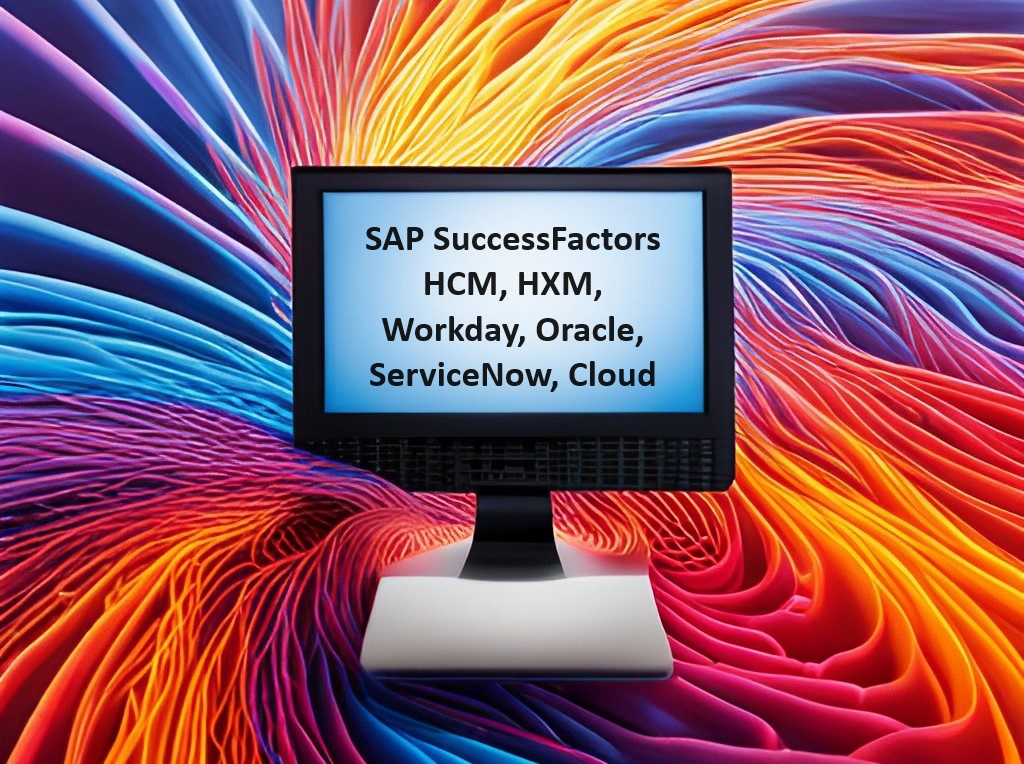In the digital age, a tech exec must seek ways to enhance operations, often by adopting software solutions for different organizational aspects. However, the challenge arises when ensuring seamless communication between multiple systems. Integration is key. It allows for data exchange and keeps systems updated and efficient. Many a tech executive is currently dealing with the struggles of integrating Workday, SAP, and ServiceNow – key solutions for HR, finance, and IT service management. We’ll provide some thoughts on integrating these systems and offer tips for successful integration.
Understanding the Systems
Before diving into the intricacies of integration, it’s essential for a tech executive to have a basic understanding of each system. Let’s take a brief look at what Workday, SAP, and ServiceNow offer:
- Workday: A cloud-based HR management system that handles everything from payroll and benefits to talent acquisition and performance management.
- SAP: An enterprise resource planning (ERP) system that integrates various business functions such as finance, sales, and inventory management.
- ServiceNow: A cloud-based IT service management solution that streamlines the delivery of IT services across an organization.
The Benefits of Integration
Integrating Workday, SAP, and ServiceNow can bring numerous benefits to organizations, including:
- Efficiency: By automating the exchange of data between systems, integration reduces manual effort and streamlines processes.
- Data Accuracy: With data being synced across all systems, there is less room for human error or discrepancies in information.
- Real-time Insights: Integration provides real-time access to data, allowing for better decision-making and faster response times.
- Cost Savings: By eliminating the need for manual data entry and reducing errors, integration can save organizations time and money.
The Challenges of Integration
Despite the benefits, integrating Workday, SAP, and ServiceNow can be a complex endeavor for a tech exec. Some of the common challenges include:
- Different Data Structures: Each system has its unique data structure, making it difficult to map and transfer data seamlessly.
- Data Security: With sensitive information being exchanged between systems, ensuring data security and compliance can be a challenge.
- Limited Functionality: Integrating multiple systems may require sacrificing some functionality as not all features can be fully integrated.
- Ongoing Maintenance: As systems are updated and new features are added, ongoing maintenance and support for the integration may be necessary.
Best Practices for Successful Integration
To ensure a successful integration of Workday, SAP, and ServiceNow, a tech exec should consider following these best practices:
- Define Clear Objectives: Clearly defining the goals and expected outcomes of the integration can help guide the process and measure success.
- Choose a Reliable Integration Platform: Selecting a reliable and robust integration platform can streamline the process and ensure data accuracy.
- Prioritize Data Security: Implementing strong security measures, such as encryption and access controls, should be a top priority in any integration project.
- Collaborate with IT Teams: Working closely with IT teams can help identify potential challenges and ensure smooth communication between systems.
- Regular Testing and Monitoring: Conducting regular testing and monitoring of the integration can help identify and address any issues or discrepancies.
- Document Processes: Creating a comprehensive documentation of the integration process can serve as a reference for future maintenance and troubleshooting.
The Future of Integration
As technology advances, integration becomes crucial for business operations. The growth of cloud systems and the need for seamless data sharing means a tech exec must keep up with integration trends. As businesses go global, dealing with multiple currencies and languages, integrations will get more complex but are essential for efficiency. Advances in AI and machine learning will simplify integration by automating data mapping and transformations, streamlining processes and enhancing accuracy.
Conclusion
A tech executive must recognize the vital role of integration in contemporary business operations. It’s imperative for them to prioritize integration continually, ensuring their organization keeps pace with technological advancements to maintain competitiveness in the dynamic digital arena. Therefore, it’s crucial for a tech executive to consistently evaluate and refine integration strategies, adapting to the evolving demands and needs of the business landscape.
Please click here for an explanation of what ERP platforms are.
Please click here for a post on the tough decisions integrating HR software.




